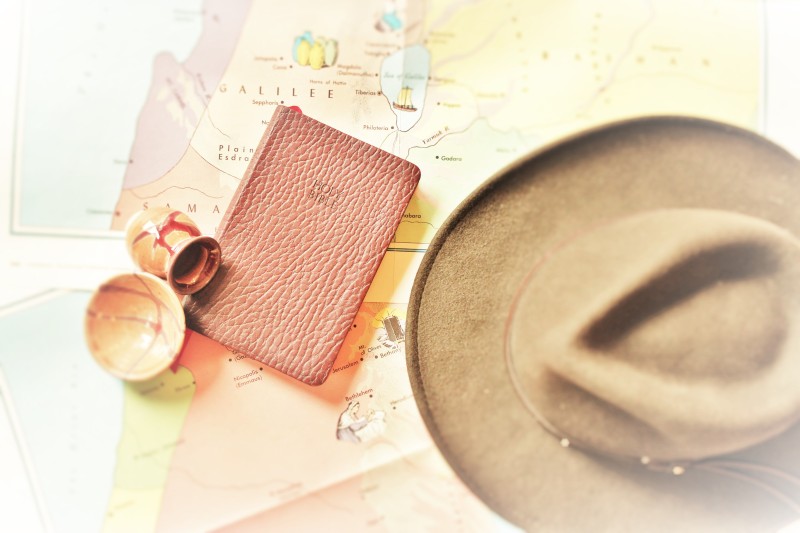So far I’ve learned that Athens had a Navy, a rather glorious one, and that in order to work this miracle the Athenians had to turn themselves into a democratic state. This all took place from about 483 to 322 B.C. on the Peloponnesus (information courtesy of the back cover blurb and index of Lords of the Sea: The Epic Story of the Athenian Navy and the Birth of Democracy by John R. Hale).
On a trip to Costco today I spotted this volume by Hale and it now has the honor of residing on my reading pile. It was a tough decision, but the Athenian Navy won out over other front-runners like Teddy Roosevelt as Conservationist, the Mayflower, and a history of the Battle of Trafalgar. I am already endowed with or have access to books covering the Napoleonic naval wars, the landing of the Mayflower, and several biographies of Theodore R.
I would like to give a full-scale critique of my purchase, but I haven’t read it. However, I have employed my trusty skimming skills, my old allies since discovering a book on speed-reading in high school. I figured that was the only way I could make it through my U.S. Advanced Placement History textbook and ace the test (I did and I did).
I love the subtlety of skimming (it’s sort of like literary espionage). With one glance at the cover I know title and author. The back cover or inside jacket flaps give me a summary of what the book is about as well as reviews. A word on reviews, they are either insightful or worthless – depends on the author, so don’t always take their word for it.
Next I march on to the index, which tells me how the author organized his research and thoughts on the subject. I flip through the book and see what visuals it has to offer. Visuals aren’t important for everyone, but if I am going to take the time to read the whole text on Greek history and Athenian democracy I would like to hope that a handy reference map has been provided.
Finally, I get to the words, the prose. I read a few paragraphs of the introduction in search of a thesis or specific purpose statement as well as perceived bias. Then I trudge through, sampling a paragraph here and there for style and content. If the writing is really tedious, and I don’t have to know the subject matter – I don’t want to read it. Lastly, I read the final few paragraphs in order to know if I want to spend those precious hours working word by word through the entire book.
All this takes about 3-5 minutes and by then I have made my decision to purchase. Not only that, I have now a framework for all the material I will glean from reading the book. This is a valuable memory and comprehension tool.
Try this technique on your next read and see how it works for you!

